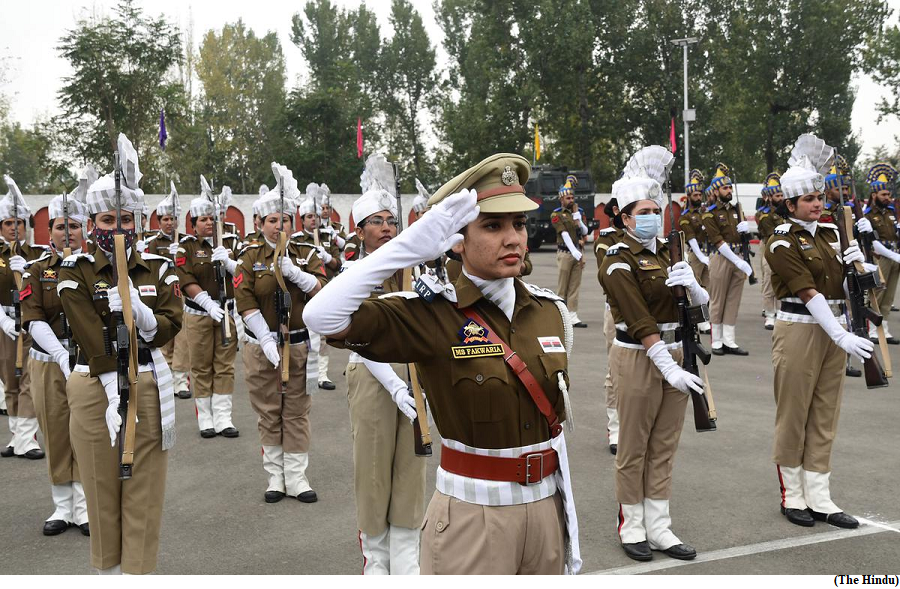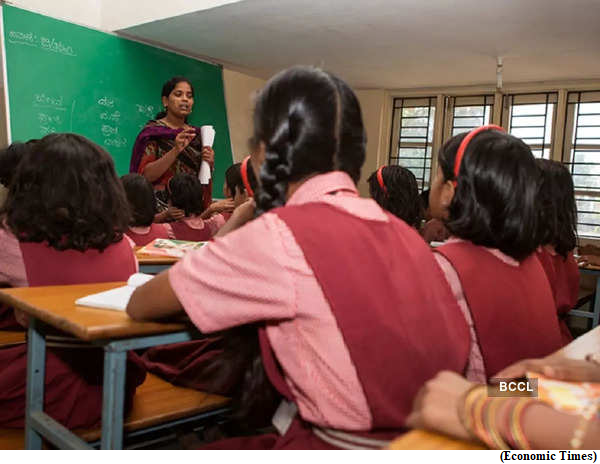Government Notifies Amendments to the Information Technology (Intermediary Guidelines and Digital Media Ethics code) rules, 2021 (GS Paper 3, Science and Tech)

Why in news?
Background:
Key Highlights:
Verified publishing:
Authority of self-regulatory body:
Online games involving real money:
- The amended rules also cast additional obligations on online gaming intermediaries in relation to online games involving real money.
- These include the displaying of a mark of verification by the self-regulatory body on such games; informing their users of the policy for withdrawal or refund of deposit, manner of determination and distribution of winnings, fees and other charges payable; obtaining the KYC details of the users; and not giving credit or enabling financing by third parties to the users.
- If in case the Central Government issues a notification in the interest of users or other specified grounds, the same rules and obligations will be made applicable to even those games where the user is not required to make any deposit for winnings.
Multiple self-regulatory bodies:
- The Government may notify multiple self-regulatory bodies, which shall be representative of online gaming industry but it will function at arm’s length from their members.
- It may notify a Board consisting of Directors who are free from conflict of interest and represent all relevant stakeholders and experts, including online games users, educationists, psychology or mental health experts, ICT experts, persons with child rights protection experience and individuals having experience in relevant fields of public policy and administration.
- The rules provide for the obligations to become applicable once sufficient number of self-regulatory bodies have been designated, so that the online gaming industry has adequate time to comply with its obligations.
Fact Check Unit:
- The amended rules now also make it obligatory on the intermediaries to not to publish, share or host fake, false or misleading information in respect of any business of the Central Government.
- These fake, false or misleading information will identified by the notified Fact Check Unit of the Central Government.
- It is to be noted that the existing IT rules already required the intermediaries to make reasonable efforts to not host, publish or share any information which is patently false and untrue or misleading in nature.
Obligation:
- The rules already cast an obligation on intermediaries to make reasonable efforts to not host, publish or share any information which is patently false and untrue or misleading in nature.
Representation in India’s police forces
(GS Paper 2, Governance)
Why in news?
- On a national level, it will take another 24 years to have 33% women in police forces across States. These figures are a part of the India Justice Report 2022, released by Tata Trusts recently.
- It ranks police forces of States based on various indicators such as vacancies as against the sanctioned strength of personnel, representation of women and Scheduled Caste/Scheduled Tribe communities and so on.
- Overall, the Telangana police have bagged the top rank among States with populations over 10 million, while West Bengal has come in last.

What is the state of police vacancies?
- The third edition of the India Justice Report notes that the gap between the sanctioned and actual strength in police forces, at a national level, remains “worryingly large”.
- As per the report’s findings, between January 2020 (second edition) and January 2022, the overall vacancies in police rose from 20.3% of the sanctioned strength to 22.1%.
- In the case of police constables, as of January 2022, while West Bengal was the worst performer among large and mid-size States with vacancies amounting to 44.1% of the sanctioned strength, Kerala was at the top with constable vacancies making up 4.6% of the sanctioned strength.
- As for police officers (in civil as well as District Armed Reserve police), Bihar has the highest percentage of vacancies at 53.8% as against the sanctioned strength.
- The report also mentions that some States bring down their sanctioned strength, which can consequently result in reduced vacancy levels. For instance, between 2020 and 2022, Kerala reduced the sanctioned strength of civil police by 239 personnel, resulting in a reduction of vacancies while workload increased.
How many States fulfil their quotas for women and SC/ST communities?
- Despite years of reservations, Karnataka was found to be the only State to meet its SC, ST, and Other backward classes quotas, with no other State/UT managing to meet all three of their reservation targets. Among large and mid-sized States, Gujarat, at 131%, performed the best in terms of the percentage of actual SC police officers to its reservation quota, while Uttar Pradesh came in last, with just 43% SC officers against its quota.
- As for the constabulary workforce, Karnataka had 116% of SC constables against its quota, while Haryana had the lowest at 63%. As for small States, Goa and Sikkim were the best performers for the percentage of SC officers and constables, respectively.
- In terms of fulfilling reservations for STs, Karnataka, at 176%, was the best performer on the police officer level, going beyond its reserved ratio. For ST constables, Bihar fulfilled its quota by 278%, while Punjab came in last amid large and medium States at 0.01%.
Women’s representation:
- When it comes to women’s representation in the police force, most States have their own specific quotas for how many women there should be in the police force. For instance, six UTs and nine States have a target of 33% reservation for women.
- Elsewhere, targets range from Bihar’s 35% to 10% in Arunachal Pradesh, Meghalaya and Tripura. Five States/UTs, including Kerala and Mizoram, have no reservations. As per the findings, no State which had the 33% criteria, managed to meet it.
- However, among large and medium States, Andhra Pradesh which reserves 33% of overall police posts for women, performed the best with 21.8% being its share of women in police. Jharkhand was the worst performer with its share of women in police being just 6.2%.
- In small States, Himachal Pradesh was at the top with 14% of police personnel being women, while Tripura came in last with just 5.3%. Among Union Territories, Ladakh had 28.3% women in police, while Jammu and Kashmir had just 3.3%.
Govt. releases pre-draft of National Curriculum Framework for schools
(GS Paper 2, Governance)
Why in news?

Six pramanas:
- pratyaksa, interpreted as perception through five senses;
- anumana, which uses inferences to come to new conclusions;
- upamana, which is knowing through analogy and comparison;
- arthapatti, which involves knowing through circumstantial implication,
- anupalabdhi, which includes perception of non-existence, and
- sabda, which the document explains is “something an individual can only directly know a fraction of all reality through direct experience and inference but must rely on other experts was acknowledged thousands of years ago”.
Moral development:
- A part of the document focuses on the moral development of a child through panchakosha vikas or five-fold development. This concept is an ancient explanation of the importance of the body-mind link in human experience and understanding.
- The pre-draft recommends developing moral values for the child through a balanced diet, traditional games, yoga asanas, as well as a wide variety of stories, songs, lullabies, poems, prayers to develop a love for cultural context.
Courses in Grade 10-12:
- The pre-draft says that for Grade 10 certification, students will have to take two essential courses from humanities, maths and computing, vocational education, physical education, arts education, social science, science and interdisciplinary areas.
- In Grade 11 and 12, students will be offered choice-based courses in the same disciplines for more rigorous engagement.
- Arts education will include music, dance, theatre, sculpture, painting, set design, scriptwriting, while inter-disciplinary areas will include knowledge of India, traditions and practices of Indian knowledge systems.
- For Class 11 and 12, the document states, “Modular Board Exams will be offered as opposed to a single exam at the end of the year and final result will be based on cumulative result of each exam.”
- The document focuses on the importance of questioning by giving examples of the Upanishads.




